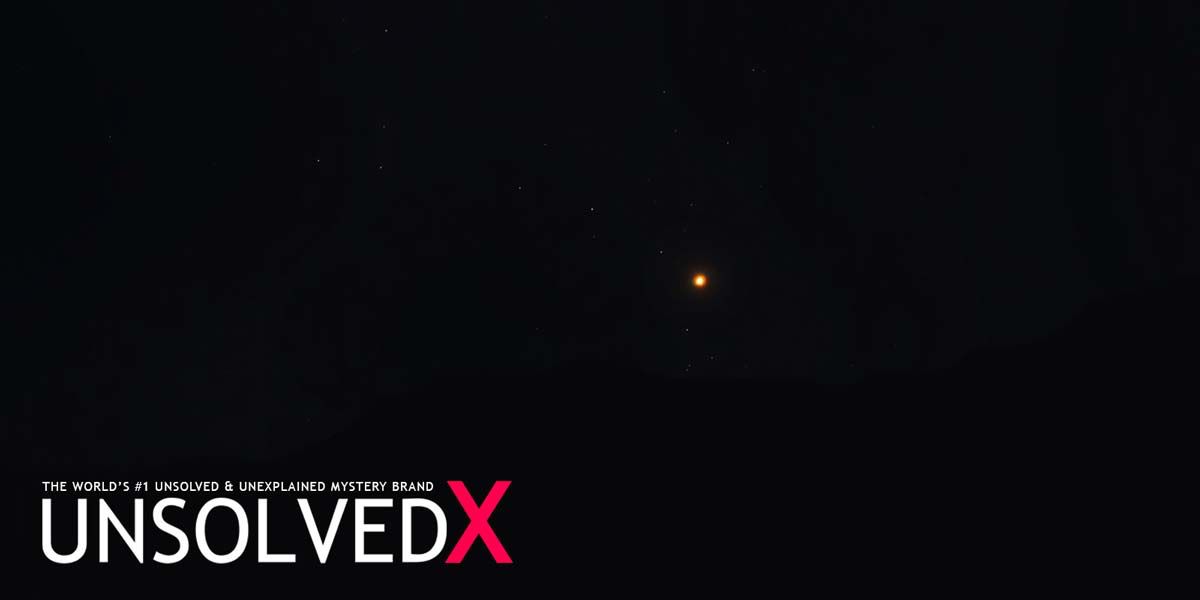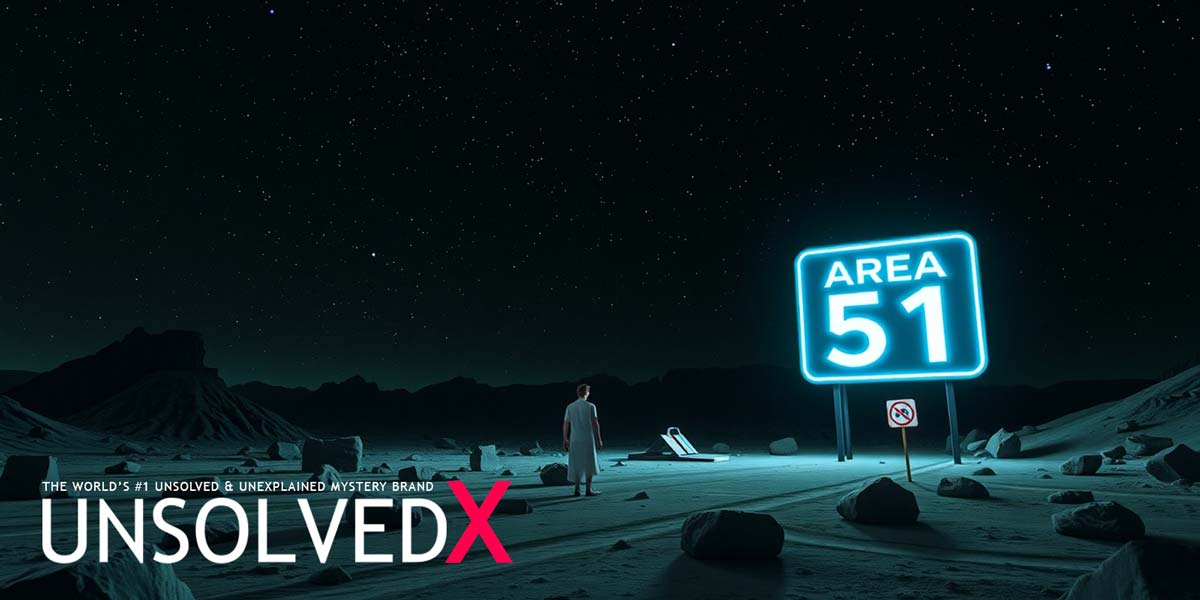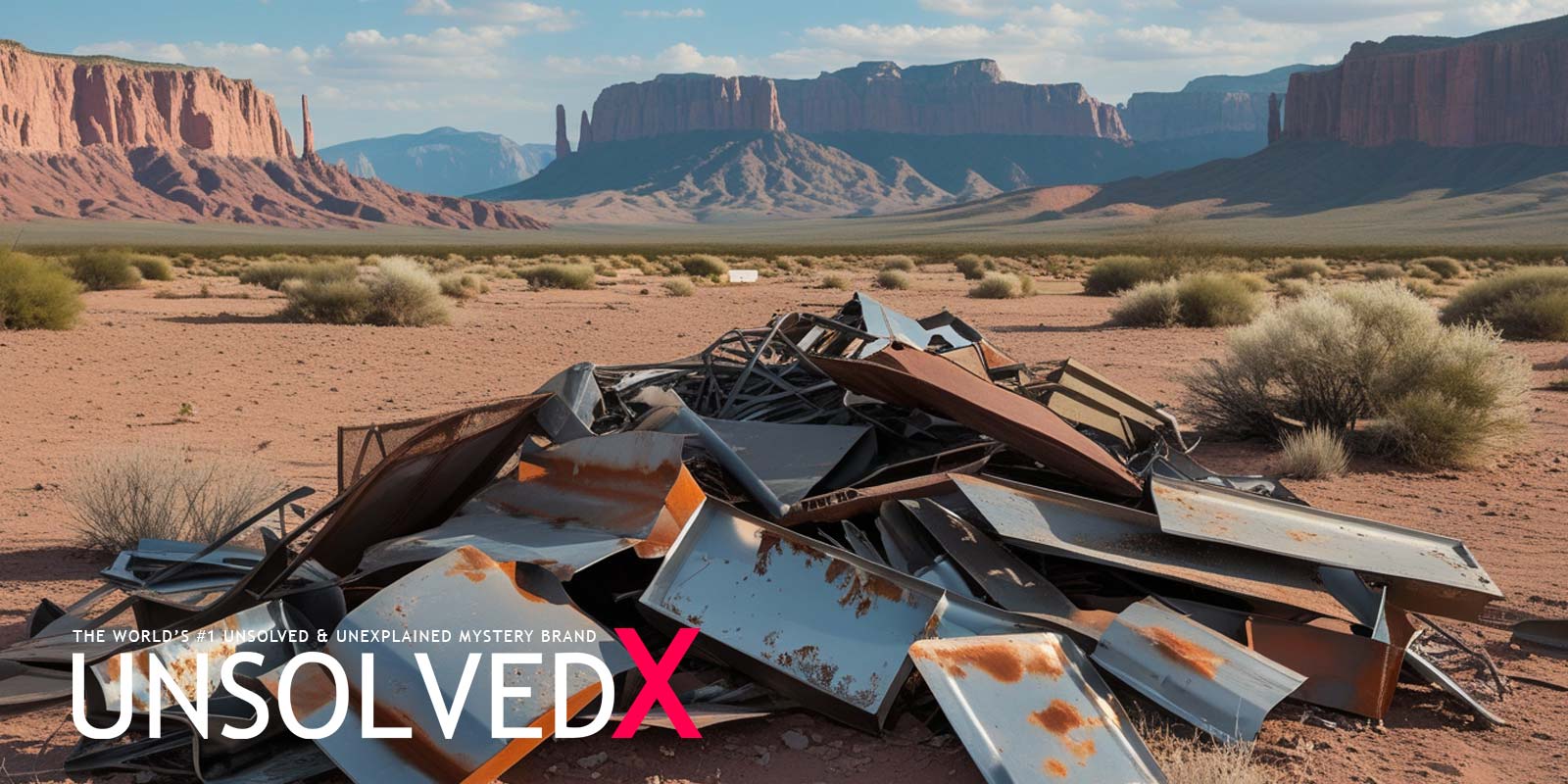A Night of Unexplained Lights
On October 4, 1967, the quiet fishing village of Shag Harbour, Nova Scotia, became the stage for one of the most compelling UFO incidents in history. At around 11:20 p.m., multiple witnesses, including local resident Laurie Wickens and his friends, saw a large, brightly lit object—estimated at 60 feet wide—descending erratically over the Gulf of Maine. Emitting a string of orange lights, it moved with a whistling sound “like a bomb,” followed by a whoosh and a loud bang as it crashed into the waters off Highway 3. Wickens, driving with four friends, initially thought it was a doomed aircraft and reported it to the Royal Canadian Mounted Police (RCMP). At least 11 people, including three RCMP officers and airline pilots on Air Canada Flight 305, observed the object, described as rectangular with trailing lights, paralleling their plane earlier that evening. The object floated 250–300 meters offshore, glowing orange, before sinking, leaving a mysterious yellow foam.
The incident’s mystery lies in its lack of explanation. No debris, survivors, or wreckage was found, despite immediate searches by local fishermen and the Canadian Coast Guard. By morning, the Rescue Coordination Centre (RCC) Halifax confirmed no aircraft—commercial, private, or military—were missing along the eastern seaboard. The Department of National Defence labeled it a “UFO Report,” with Squadron Leader Bain of the Air Desk in Ottawa noting its uniqueness among hundreds of weekly sightings, saying, “We may get something concrete on it.” The absence of conventional explanations, coupled with government documentation, makes Shag Harbour a standout case, often compared to the Roswell Incident for its credibility and official paper trail.
A Search That Yielded Nothing but Questions
The response to the crash was swift and thorough, yet bafflingly fruitless. Within 30 minutes, local fishing boats scoured the Gulf of Maine, joined by a Coast Guard cutter from Clark’s Harbour. Witness Norman Smith, then a teenager, recalled searching all night, finding only a thick, yellowish-orange foam, 4–6 inches deep, with no trace of material or bodies. Two days later, Fleet Diving Unit Atlantic divers combed the seafloor for three days, ordered by a priority telex from the Air Desk, but found nothing. The Halifax Chronicle-Herald reported on October 7, 1967, with a headline suggesting “Something Concrete in Shag Harbour UFO,” yet by October 9, the Royal Canadian Navy called off the search, stating, “Not a trace.” A 2024 Reddit post highlights the case’s enduring intrigue, noting its proximity to a secret NATO submarine detection base during the Cold War, raising speculation about military involvement.
Rumors of a cover-up persist, fueled by unverified accounts. Some claim the object moved underwater 25 miles to Government Point, near a submarine detection base, where sonar detected it. Allegedly, a second UFO joined it, and after a week of naval monitoring, both crafts fled to the Gulf of Maine, breaking the surface and vanishing into the sky when distracted by a Russian submarine sighting. These claims, reported by the Barrington Municipality, lack concrete evidence but add to the mystery. Why did the search yield nothing? Was the foam a clue to an unearthly craft, or a misidentified natural phenomenon? The official silence and the incident’s timing—amid Cold War tensions and the space race—deepen the enigma.
A Legacy Etched in History and Culture
Shag Harbour’s UFO incident has left an indelible mark, transforming the village into a pilgrimage site for ufologists and curious tourists. Annual festivals, like the 2017 50th-anniversary event featuring Chris Styles, co-author of Dark Object, draw crowds to hear eyewitnesses like Peter Goreham, who saw a blinding light cut through treetops as a teen. The UFO Gazebo near the crash site offers a view of the harbor, marked by a sign reading “Site of the 1967 UFO Incident.” The case’s credibility, bolstered by RCMP reports and military telexes uncovered by Styles, sets it apart from other UFO sightings, earning it the nickname “Canada’s Roswell.”
Shag Harbour’s UFO incident has left an indelible mark, transforming the village into a pilgrimage site for ufologists and curious tourists. The Shag Harbour Incident Society, formed in 2006, opened a UFO Museum in 2009, housing newspaper clippings, witness accounts, and memorabilia like a 2001 Canada Post stamp commemorating the event. Annual festivals, like the 2017 50th-anniversary event featuring Chris Styles, co-author of Dark Object, draw crowds to hear eyewitnesses like Peter Goreham, who saw a blinding light cut through treetops as a teen. The UFO Gazebo near the crash site offers a view of the harbor, marked by a sign reading “Site of the 1967 UFO Incident.” The case’s credibility, bolstered by RCMP reports and military telexes uncovered by Styles, sets it apart from other UFO sightings, earning it the nickname “Canada’s Roswell.” The mystery endures: what crashed that night? Theories range from an extraterrestrial craft to a secret military experiment, possibly linked to U.S. or Russian technology, given the era’s geopolitical climate. A 2016 Walrus article notes the Cold War context, with fears of radiation or espionage fueling local hysteria. Connections to other mysteries, like the Falcon Lake Incident of 1967, where a Canadian man reported a UFO encounter, highlight a wave of unexplained sightings that year. Despite modern forensic and sonar advancements, no new evidence has surfaced. The Shag Harbour UFO Incident Centre continues to draw visitors, as noted on Tripadvisor, with locals like Wickens sharing firsthand tales. The incident remains a beacon for those seeking answers to humanity’s place in the cosmos, its truth still submerged in the depths of the unknown.









Comments
Comments section coming soon!